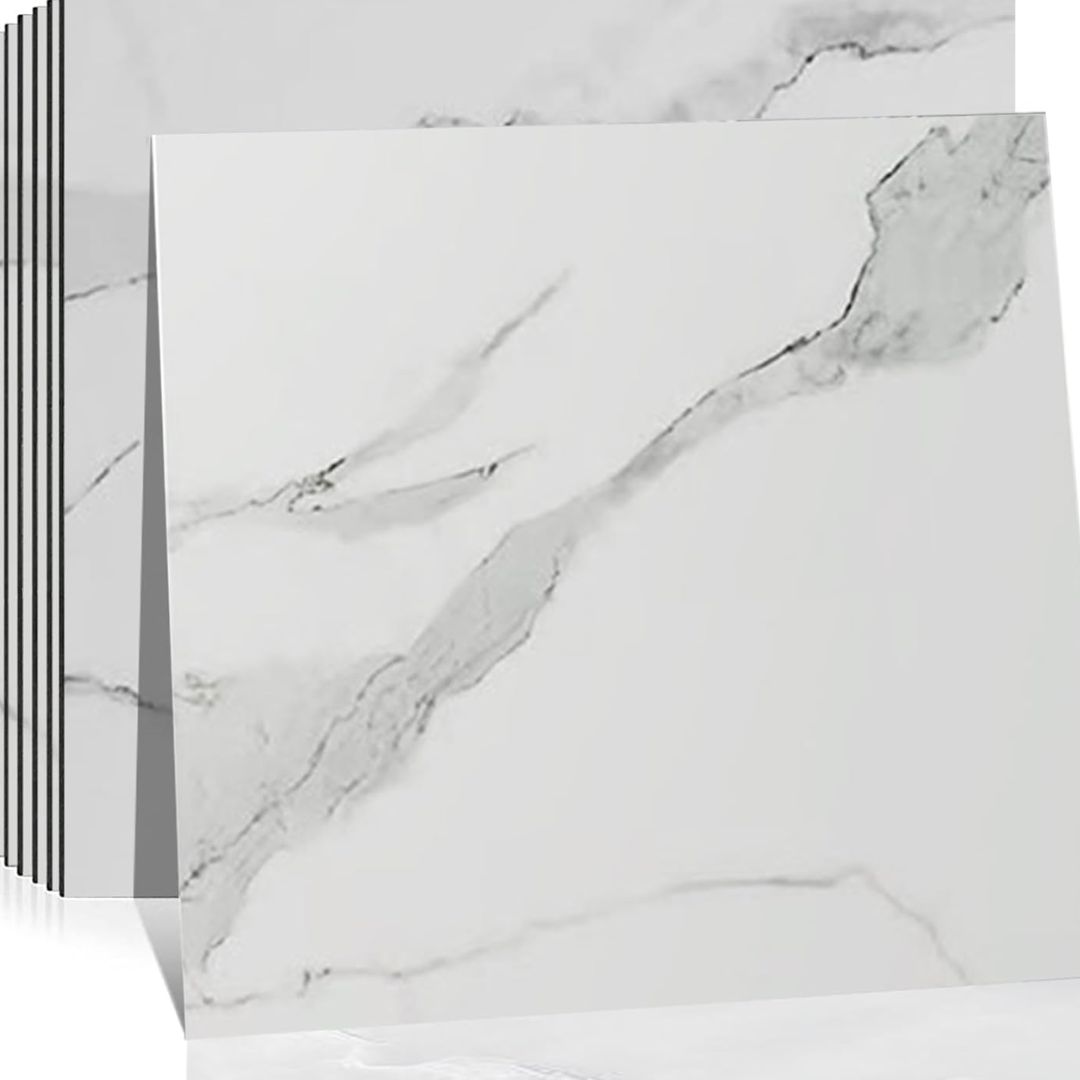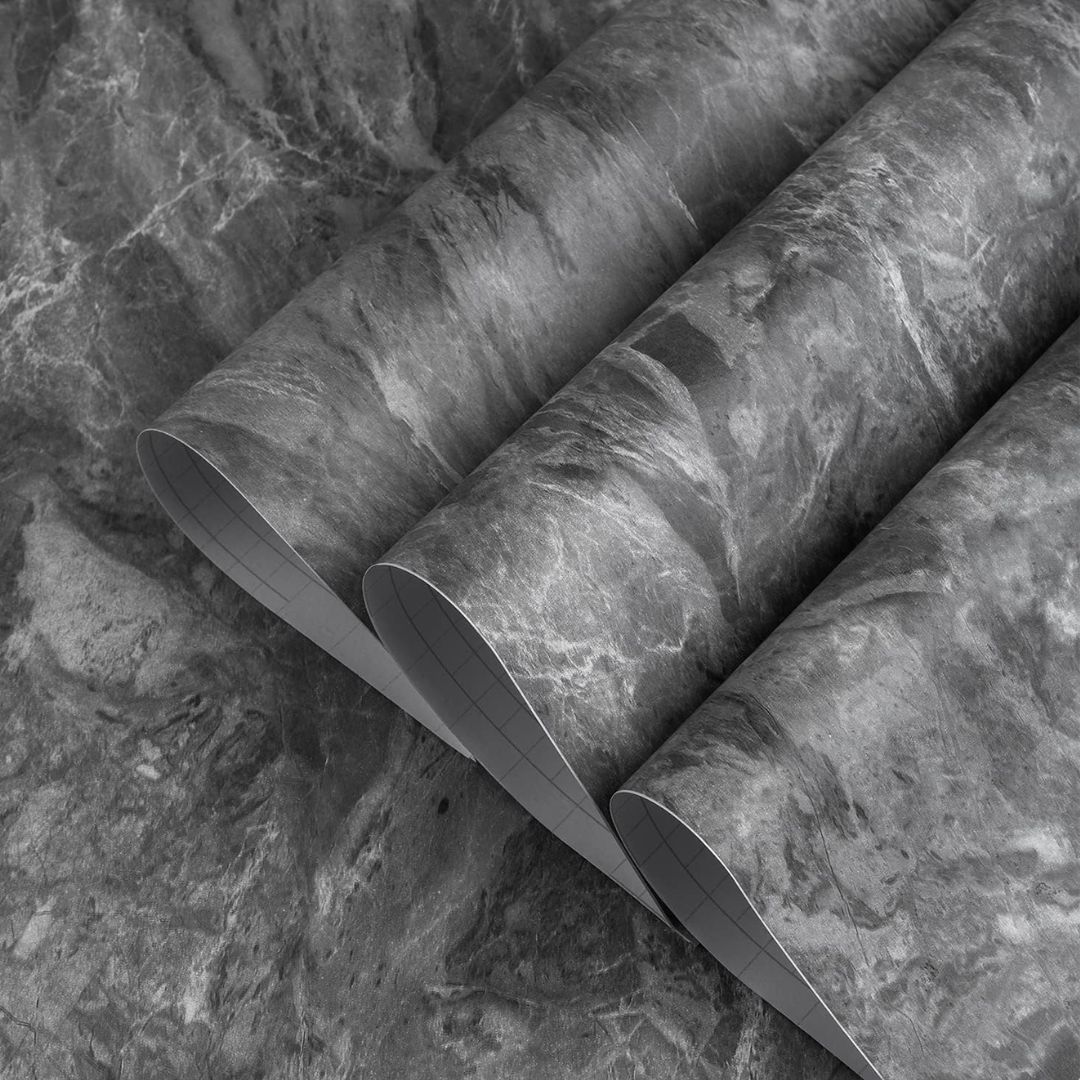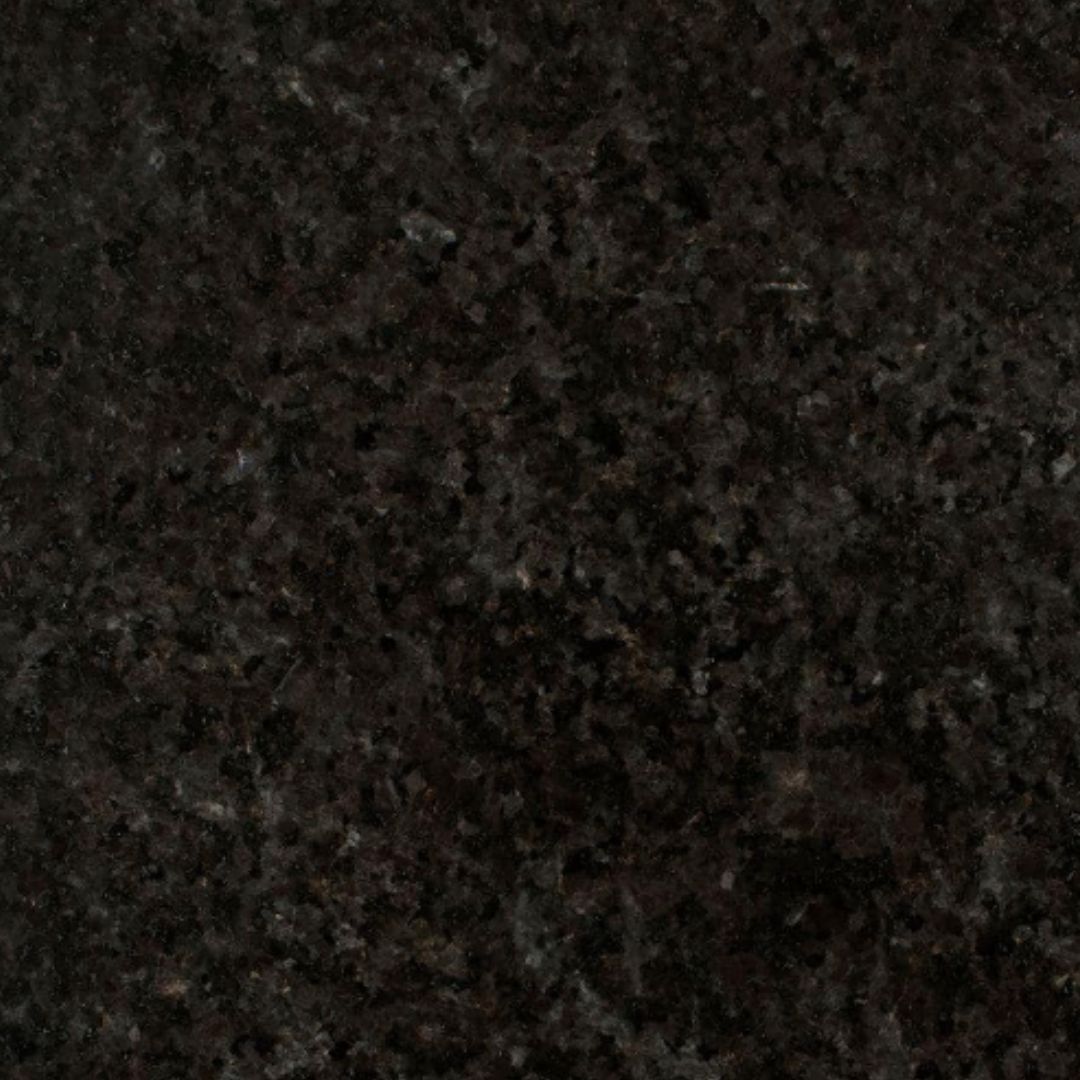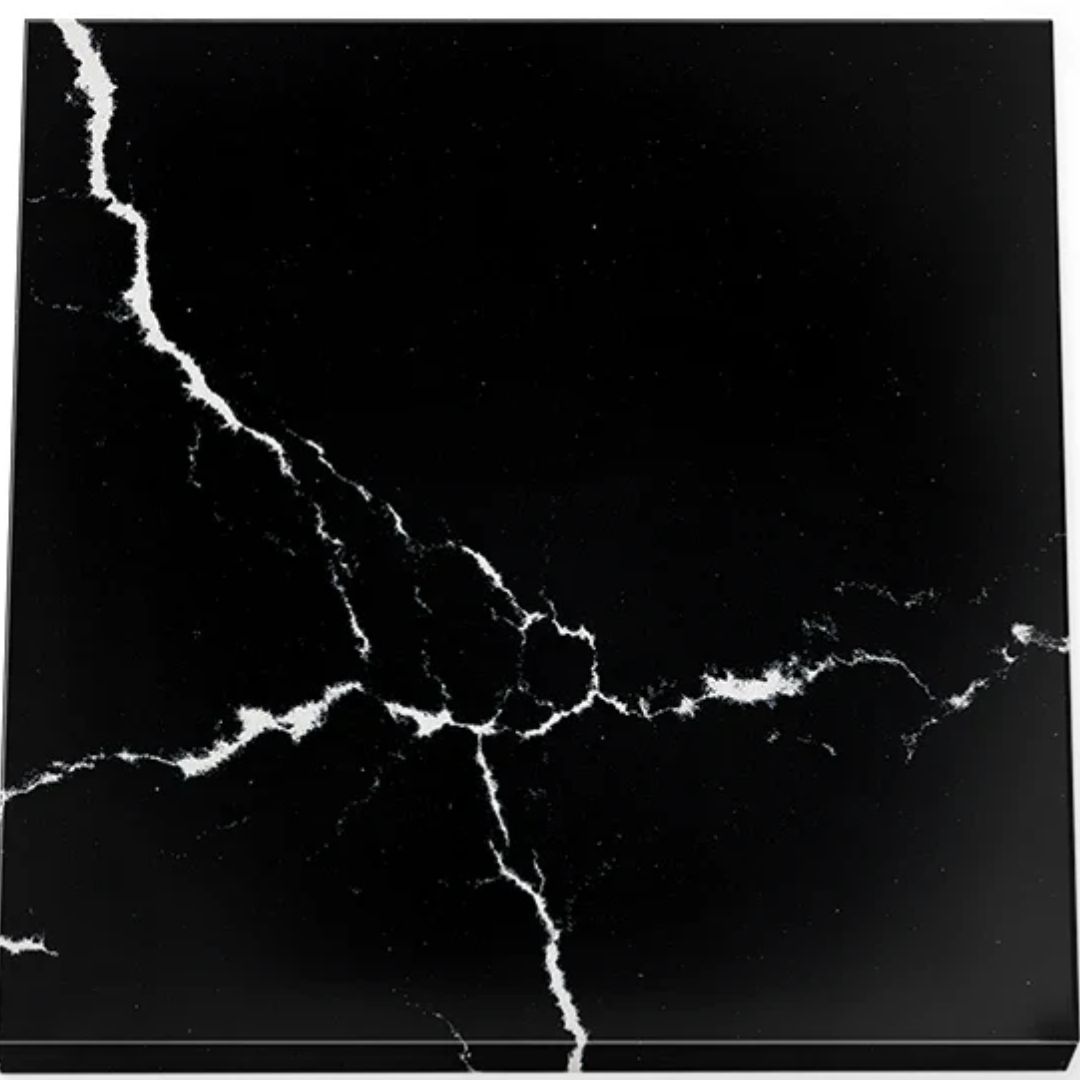Should Kitchen Countertops Be Light or Dark? Experts Reveal the Pros and Cons of Both
Designing a kitchen is tough enough, and then choosing the right color countertop can be even more confusing. Thankfully, experts are here to help
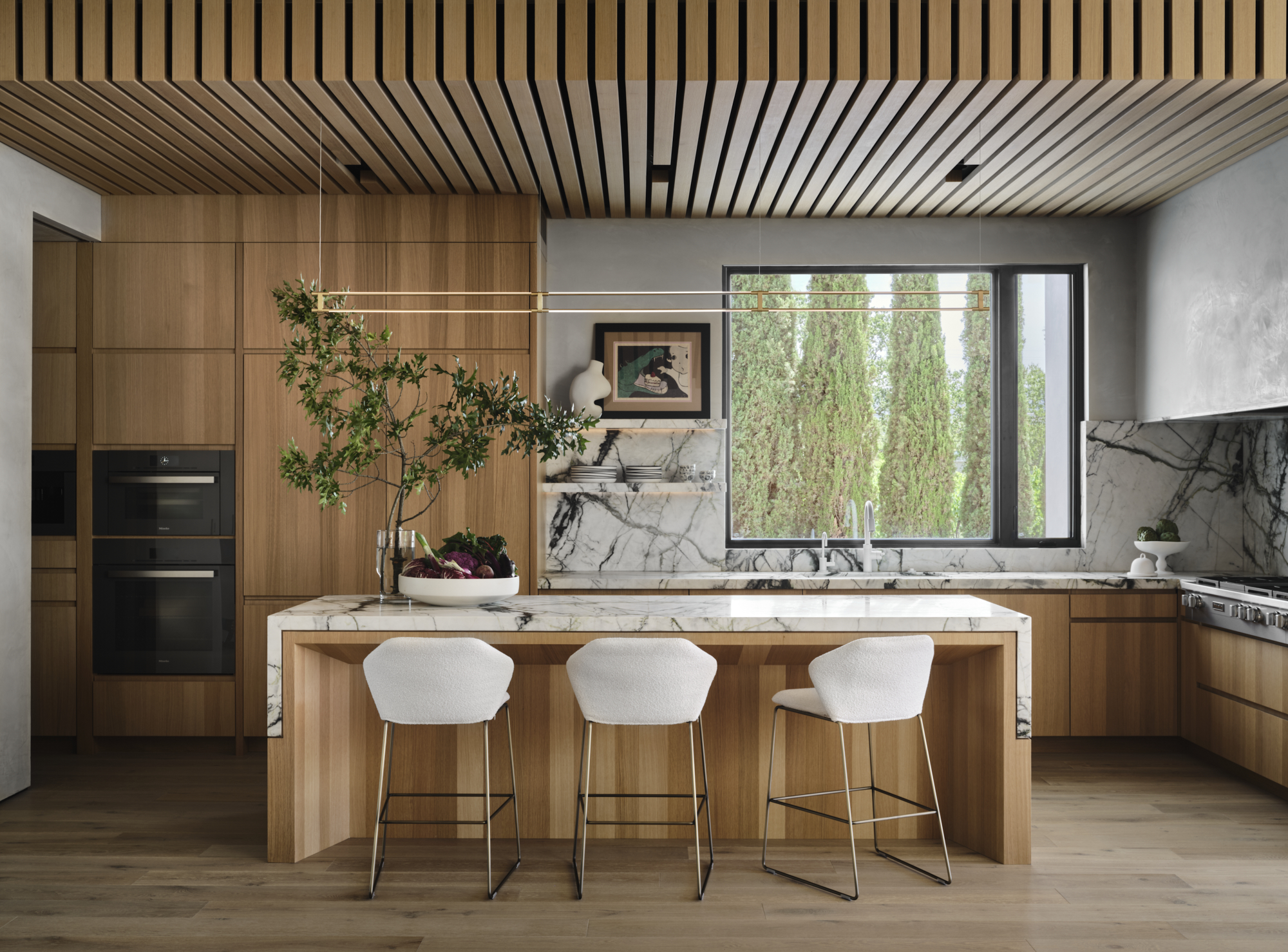

This is a question every homeowner asks while redesigning or building a kitchen from scratch. And, it's a valid concern, too. The countertop is the largest surface in the room, and its color, finish, and style are important as it heavily influences the room's look.
While both light and dark counters have their pros and cons, we checked in with experts to understand the best options and help you make the right decision for your space. These kitchen countertop ideas are a great place to start designing your dream kitchen.
Is it better to have light or dark kitchen countertops?
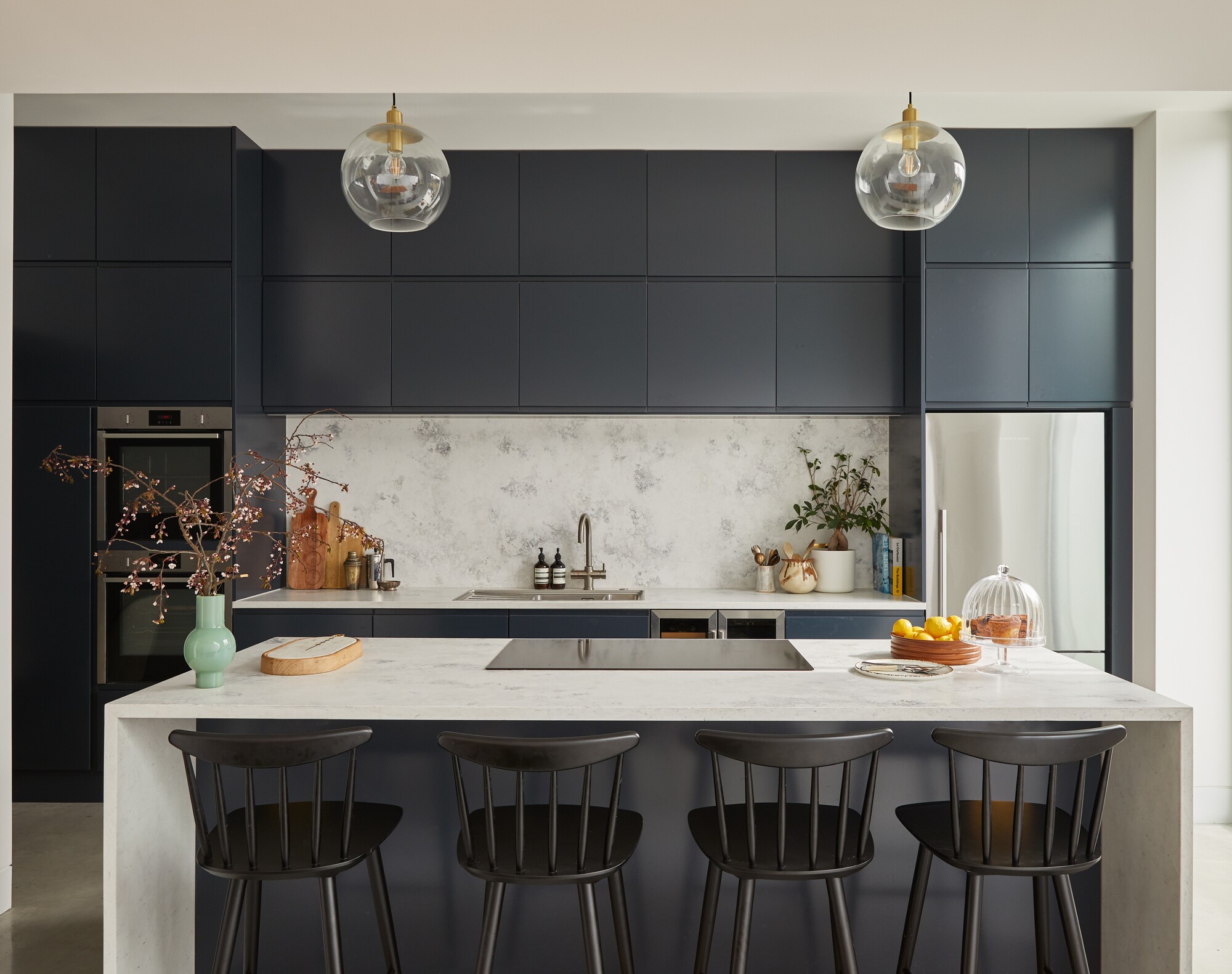
It depends on the look you want to create. Classically, people have preferred darker countertops and lighter kitchen cabinets. But today's modern kitchens are moving towards lighter counters for a more airy, breezy space.
"Most people prefer light countertops in the kitchen nowadays, as they keep the space bright and allow you actually to see dust and crumbs for easy clean up," avers Jane Lockhart, founder of Jane Lockhart Design. "Coffee bars and other more specialized areas tend to include a feature countertop that will often be darker, or more patterned to create a striking appearance in the room."
Another way of choosing the counter tone for your kitchen is by matching it with the cabinets or even doors. This is especially useful if you have traditionally painted pale kitchens with white or Carrara marble-style countertops.
What should you keep in mind before choosing light or dark kitchen counters?

"When choosing between light or dark kitchen counters, you should consider the overall style of the space, the amount of natural light, and how much maintenance you’re comfortable with," advises Sarah Brady, founder and principal designer of Salt Design Company. "Light counters can make a kitchen feel more open and bright, but they can typically show stains and scratches more easily. Dark counters, on the other hand, can add drama and contrast, but they can also make a smaller space feel more enclosed if there isn’t enough light."
Also, it's good to focus not just on color, but on the material itself when planning a kitchen. "For example, a light quartz countertop will be more durable and low-maintenance than a dark soapstone, while a dark granite will outperform a white marble in terms of stain and scratch resistance," adds Sarah. "The durability and longevity of the material play a significant role in your decision. Ultimately, the color tone should be based primarily on the aesthetic you want to achieve, as the material will influence the countertop’s functionality and performance over time. Balancing the color of countertops with cabinetry, flooring, and backsplash is key to achieving a cohesive design."
The Livingetc newsletters are your inside source for what’s shaping interiors now - and what’s next. Discover trend forecasts, smart style ideas, and curated shopping inspiration that brings design to life. Subscribe today and stay ahead of the curve.
The pros of light kitchen countertops

Lighter kitchen colors with white marble or laminate countertops can create a beautiful, timeless look that always works. "Light countertops can create the illusion of a larger, airier space, which is especially beneficial in small kitchens," states Sarah. "They reflect light beautifully, helping to brighten up a room with minimal natural light. They’re also incredibly versatile and complement a variety of design styles, from modern to traditional."
A lighter, paler counter draws attention to the details and intricacies of the material. Plus, many people prefer the aesthetic that a light countertop creates, and the freshness they add to the interior.
"One thing to note is that a light countertop will be a better option for smaller kitchens, as long as the cabinets are also light," adds Jane. "If all kitchen cabinets are dark, a darker counter is better. Essentially, if you want a space to look bigger, do your best to match the color of your counter to the color or depth of your cabinet colors."
The cons of light kitchen countertops
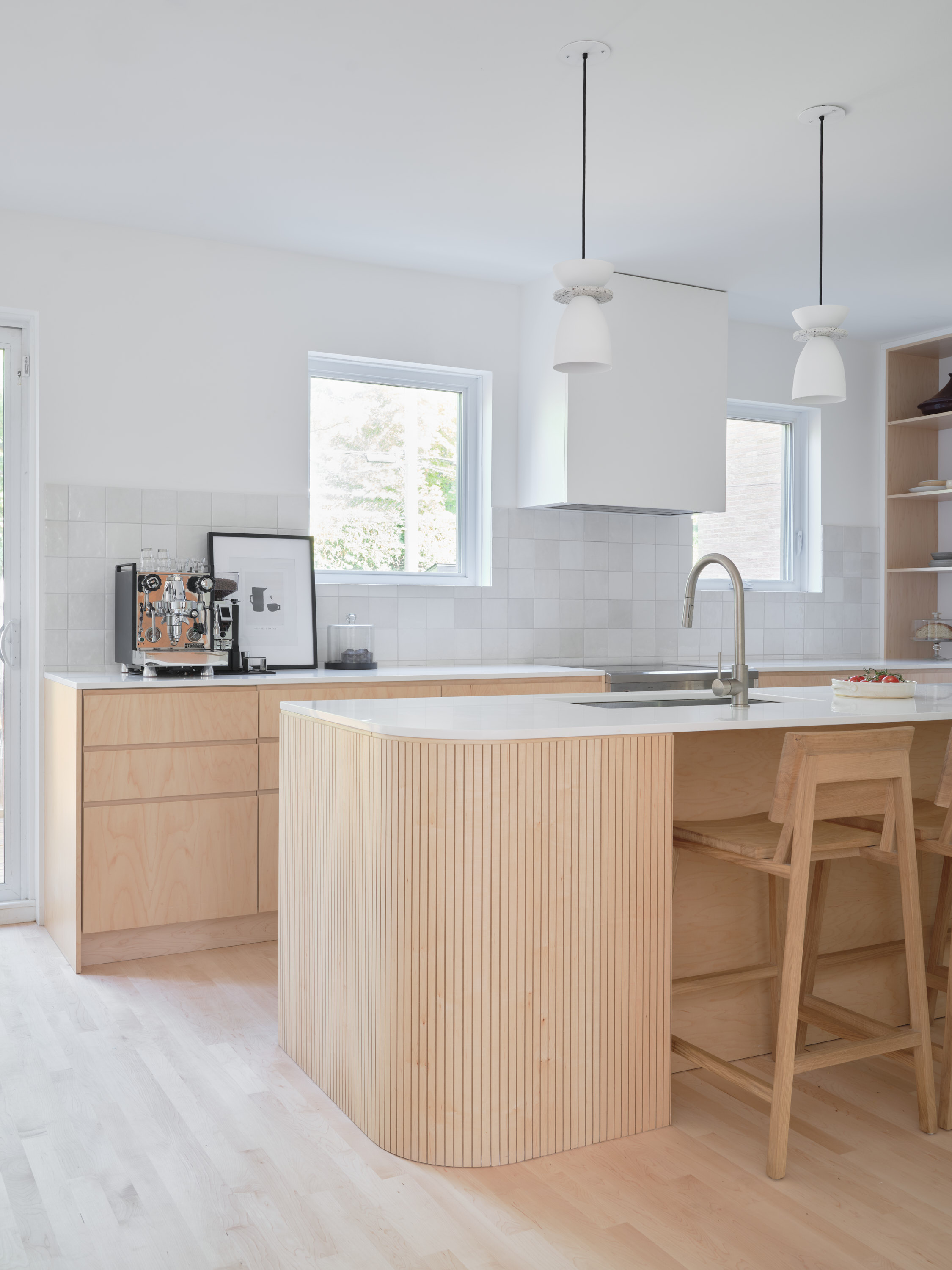
Usually, a light kitchen color scheme, especially with a stark white counter and walls can feel too sterile, and cold. Plus, lighter counters can amplify dirt.
"The downside of a light counter is that, depending on the material selected, it can stain," shares Jane. "Light countertops can also show more pattern and veins in contrast to its light color, which can create an overall look that some people find too busy."
The pros of dark kitchen countertops
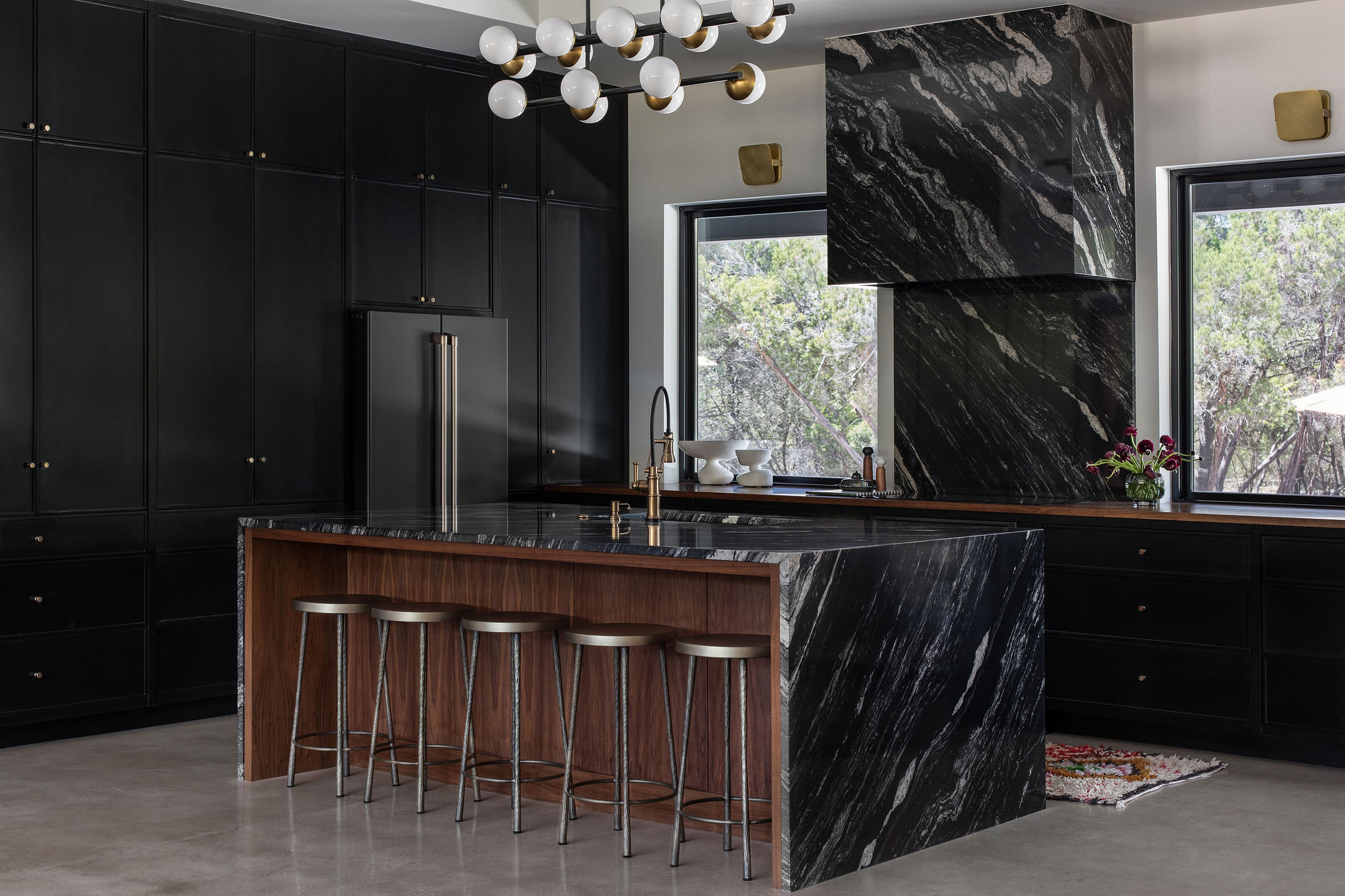
A black kitchen countertop, or any other deeper tone can give the kitchen a stylish, high-end look. This material also hides flaws like cracks or burns so you always have a great-looking kitchen. If you like to entertain a lot and want to give your kitchen a sophisticated look, then this is the shade to go with.
Dark counters are also available in several materials like marble, granite, laminate, or even reclaimed wood. Plus, these can help create a cozy, warm atmosphere, and can conjure a striking kitchen look when paired with metallic tones like brass, copper, or silver expressed through hardware.
The cons of dark kitchen countertops

"A dark counter is more formal and polished looking in a kitchen, however, it can also make the space feel a little darker," says Jane. "Dark, natural stone counters with a high polish can show hairline scratches more than a light countertop, much like a black car." Also, darker materials like marble or tiles tend to have reflective surfaces that can create a shimmery finish, thus making the kitchen feel a little too dazzling.
Many experts believe that darker counters are probably best for kitchens that aren't highly used. In a small kitchen layout or in spaces that are built for everyday use, dark tones do not work. Plus, dark counters tend to involve more maintenance than you might suppose. For one, they often show water marks easily and every speck of dust and dirt is visible, so it can be harder to have a pristine-looking kitchen.
While the debate between a light and a dark counter is a hard one to settle, most designers tend to lean towards lighter counters as these are more timeless, easy to clean, and can help create an open, breezy space. Plus, this color works in all sizes and styles of kitchens.
And, although dark countertops are not out of style, it's best to use these when combined with darker cabinets for a more dark-on-dark, trendy kitchen. Do note though, that for such a look, you need to ensure excellent task lighting to compensate for the darkness.

Aditi Sharma Maheshwari started her career at The Address (The Times of India), a tabloid on interiors and art. She wrote profiles of Indian artists, designers, and architects, and covered inspiring houses and commercial properties. After four years, she moved to ELLE DECOR as a senior features writer, where she contributed to the magazine and website, and also worked alongside the events team on India Design ID — the brand’s 10-day, annual design show. She wrote across topics: from designer interviews, and house tours, to new product launches, shopping pages, and reviews. After three years, she was hired as the senior editor at Houzz. The website content focused on practical advice on decorating the home and making design feel more approachable. She created fresh series on budget buys, design hacks, and DIYs, all backed with expert advice. Equipped with sizable knowledge of the industry and with a good network, she moved to Architectural Digest (Conde Nast) as the digital editor. The publication's focus was on high-end design, and her content highlighted A-listers, starchitects, and high-concept products, all customized for an audience that loves and invests in luxury. After a two-year stint, she moved to the UK and was hired at Livingetc as a design editor. She now freelances for a variety of interiors publications.


